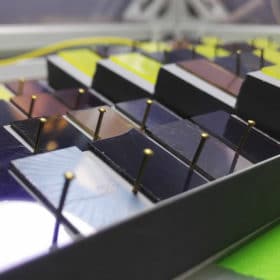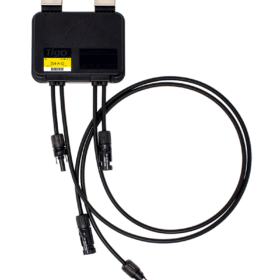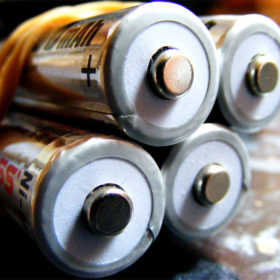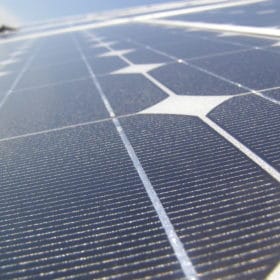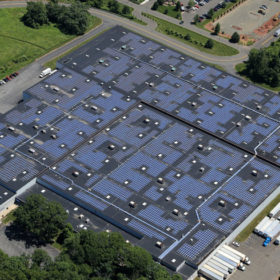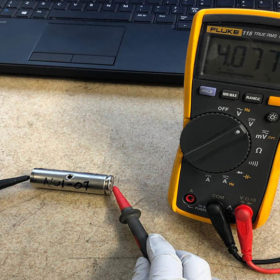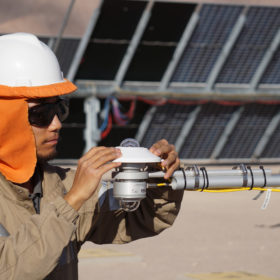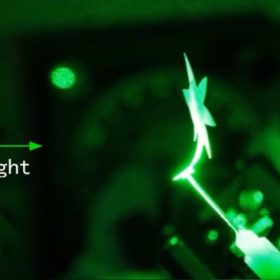Bright future for long-duration storage, but costs must fall
U.S. researchers have discovered that long-duration energy storage technologies could make the decarbonization of the electricity system more affordable and reliable.
MIT scientists reveal method to identify stable perovskites
U.S. researchers are using a data fusion approach to identify the most stable perovskites for PV cells. Their machine-learning method combines perovskite test results with first-principles physical modeling to identify the best candidates.
Tigo launches optimizer for high-power modules
The IEC certified product has a maximum wattage of 700 W, a maximum current of 15 A, and a maximum voltage of 80 V.
Battery costs have fallen 97% since 1991, claim MIT researchers
Academics reviewed the historic price development of lithium-ion batteries and found the accepted model does not accurately reflect the full cost decline and technological improvement which has taken place. With more data points to compare, the team found batteries had improved even more than previously assumed.
YouTube – a proven marketing platform to expand solar businesses
YouTube videos are becoming a vital part of consumers’ solar-buying journey, providing a unique opportunity for solar marketers. Marketing pro Rich Feola offers insights on how to use videos to boost your solar company.
US government wants to cut solar costs by 60% in 10 years
The US Energy Department set a goal of achieving 2 cents/kWh by 2030, and announced an initial $128 million in funding to support technology development.
Steps for mid-sized US companies considering solar
Smaller companies can benefit from solar and are often expected to do so by large companies that need to trim the environmental impact of their supply chains. Here are four steps to take when considering solar.
Polymer current collectors could prevent battery fires
A team of NREL researchers has proposed a new approach to fix lithium-ion batteries’ fire problem. The answer may lie in temperature-sensitive current collectors.
Location-dependent performance model for bifacial installations
Bifacial PV modules and single-axis trackers go well together, but a global research team has now noted that a comprehensive location-dependent performance analysis still has yet to be done. Their findings could help to determine the right plant setups in different locations throughout the world.
New photonic material for self-aligning solar cells
US scientists have made light-tracking, three-junction tandem PV cells with an active area of 650 × 650 square micrometers. They are based on indium gallium phosphide, gallium arsenide, and indium gallium arsenide antimony nitride and use photonic crystal film for maximum efficiency.

